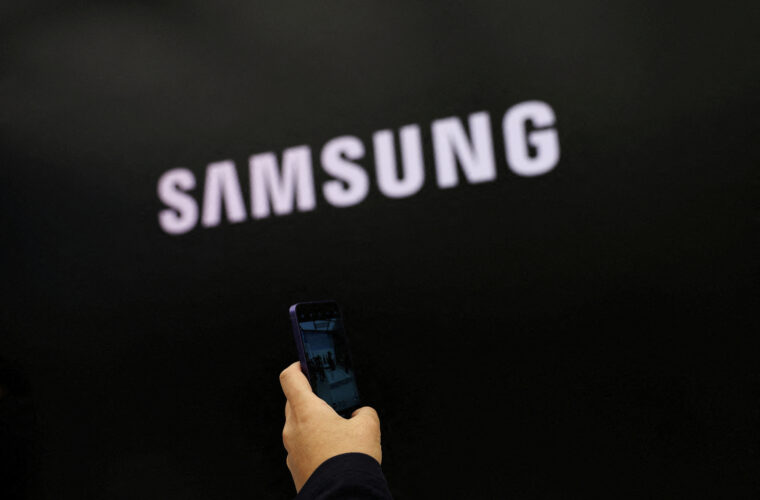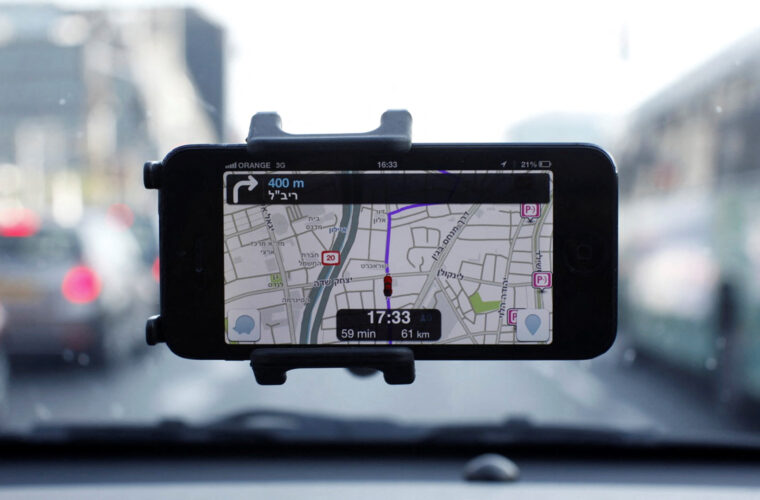Google brings end-to-end encryption to Gmail. In order to strengthen the confidentiality of the information that is exchanged every day via email, Big G has announced a beta dedicated to business users to encrypt the content of messages sent. Only the recipient will be able to decipher what is included in the body of the email, because any information will be inaccessible even to the Mountain View company’s own servers. The email novelty is already available on Google Drive, Google Docs, Sheets, and Slides, Google Meet, and Google Calendar (beta), and only works if not only the sender but also the recipient shares the same functionality.
As has become well known thanks to the security features of many applications, end-to-end encryption prohibits access to content by third parties, but also by the company running the service, as the encryption keys stored by the user on their own device do not allow the company to sneak in client data.

More confidentiality for business users only, for now
Client-side encryption, which Google has named CSE, is currently reserved for users of Google Workspace Enterprise Plus, Education Standard and Education Plus. They can test the beta until 20 January 2023 to count on an additional layer of encryption on top of the standard one. Personal accounts are therefore not included in the trial, and there is no news about a future possibility, although it is to be expected that an update on the novelty will also arrive for private individuals in the coming months.
“Google Workspace already uses the latest cryptographic standards to encrypt all data at rest and in transit between our facilities. Client-side encryption helps strengthen the confidentiality of your data while helping to address a broad range of data sovereignty and compliance needs,’ the company specified. That in addition to the text, it also makes attachments inaccessible, while the subject, time, date of sending and list of recipients of the email remain visible.
Enabling encryption can also be activated per domain or group. To enable end-to-end encryption, simply click on the padlock visible on the message writing screen and enable Additional Encryption by clicking on the entry of the same name. For now, you have to enable the option every time you want to send a message with added security, as the function is disabled by default. Once the email has been sent, the recipient only needs to confirm identity and credentials to read the content.



